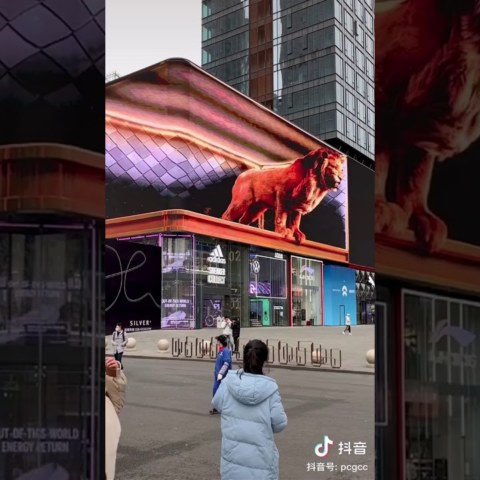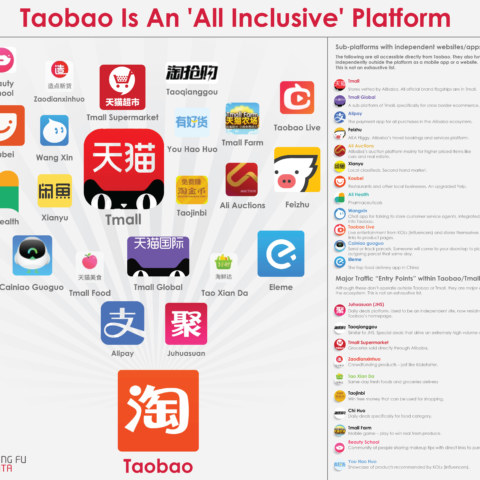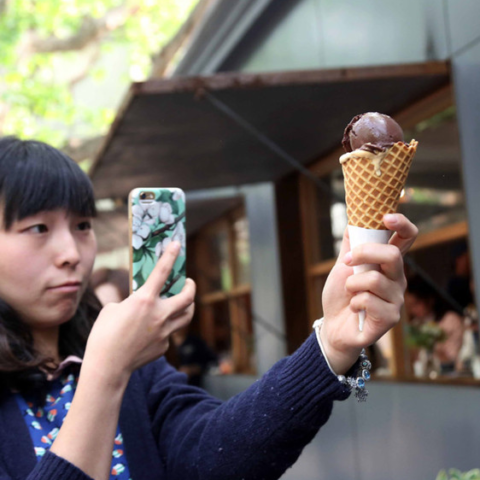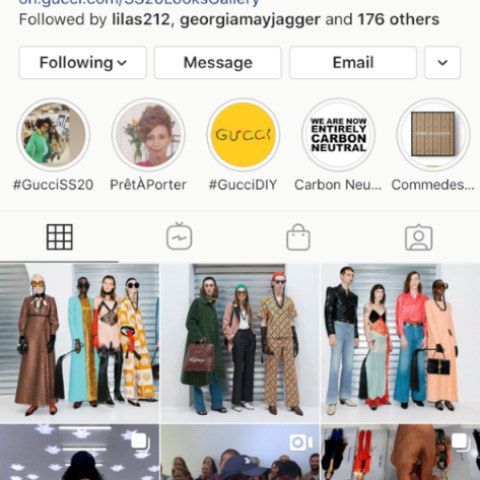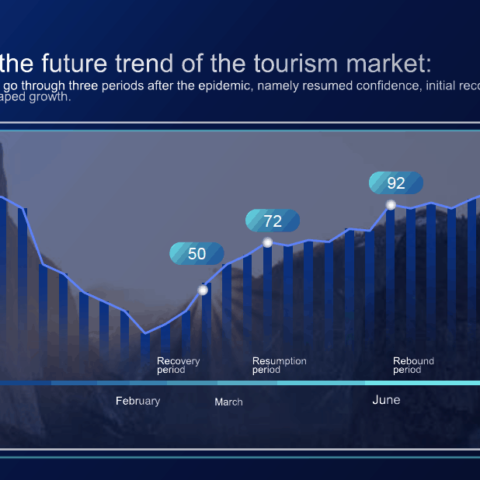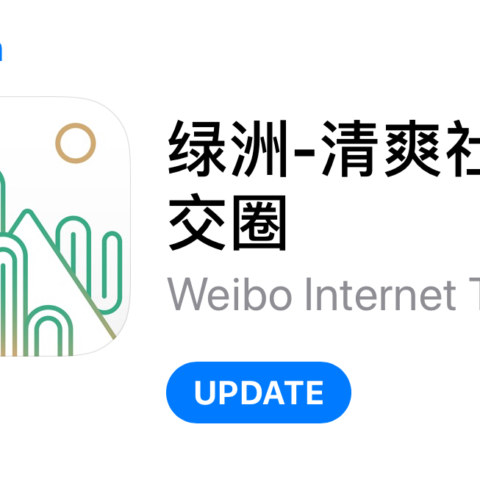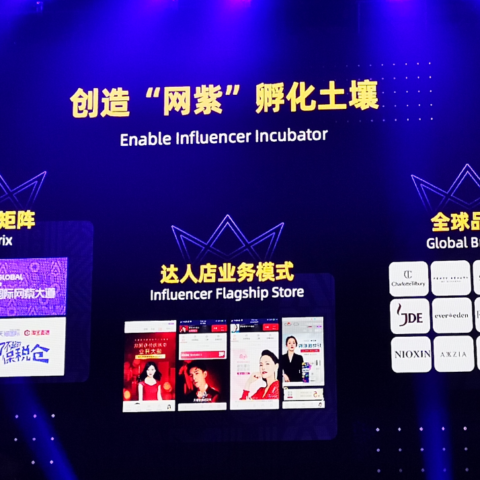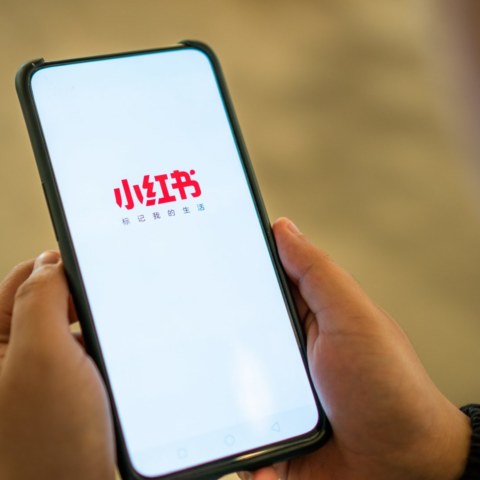5 keys of the Chinese Market for Western Brands
As brands constantly gain new data on what works and what doesn’t as they hone their digital prowess in China, here are some of the key takeaways for the global luxury industry to consider in the new year:
1. Brands should get savvier with WeChat’s CRM capabilities.
Although most Western brands now have a WeChat account, many have only just gotten started on the messaging app’s capabilities—which include sophisticated methods of customer relationship management (CRM). “The WeChat revolution is on its way, but it seems like we’re not there yet,” said Pablo Mauron, the China general manager of Digital Luxury Group. He noted that only an estimated 12 percent of luxury brands have loyalty programs and community management functions on their WeChat account, despite the fact that these are important incentives to get people to sign up.
Strong customer service as well as access to exclusive content and offline events can give brand VIPs a strong reason to follow.
2. Quality will be emphasized over quantity with KOL selection.
In recent years, key opinion leaders (KOLs) such as fashion bloggers have netted countless endorsement deals from big brands, often receiving a hefty fee to post on their social media accounts. “A lot of times we use bloggers; we just use bloggers for the sake of using bloggers,” said Alex Tang, the former global deputy marketing director of MCM Worldwide. “It doesn’t really come to sales, actually. That has to be in the back of your mind.”
3. Content co-creation gives customers a voice in brand channels.
According to John Hamilton, the director of marketing communications for Asia-Pacific at Four Seasons Hotels, customers’ social media posts about luxury brands are often “more credible” and “authentic” than advertising the brand puts out itself. “Real pictures taken by our guests can have as much authority, if not more than brand images—no matter how beautiful we produce them to be.” As a result, brands such as Four Seasons have been putting a growing emphasis on user-generated content. He says this isn’t just a millennial trend as consumers across age groups post on their social media accounts in China. “Consumers of all ages want to link themselves of the brands that they love.”
4. E-commerce platforms are all about accessible luxury.
As only a limited number of Western brands sign up for Tmall and JD.com, these platforms are mostly useful for brands selling items below 5,000 RMB (US$772), noted Josh Gardner, the founder and CEO of Kung Fu Data. As a result, lower-priced accessible brands, cosmetics, and spirits are the most viable categories for online sales.
5. Western labels need to step up their game to reach Chinese travelers on WeChat.
According to Mauron, even brands that have a strong WeChat presence are severely lacking when it comes to reaching Chinese travelers abroad—despite the fact that most of their luxury shopping happens outside the mainland. He noted that very few labels offer store locators and service for their overseas locations in Chinese, or recruit WeChat followers in stores abroad.
He suggested that brands put the QR code for their WeChat account somewhere in the physical package, so if a Chinese customer buys an item at a duty-free shop, they won’t miss out on easy access to sign up for the official account.
Leave a Comment





